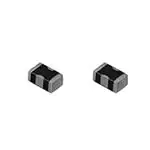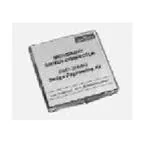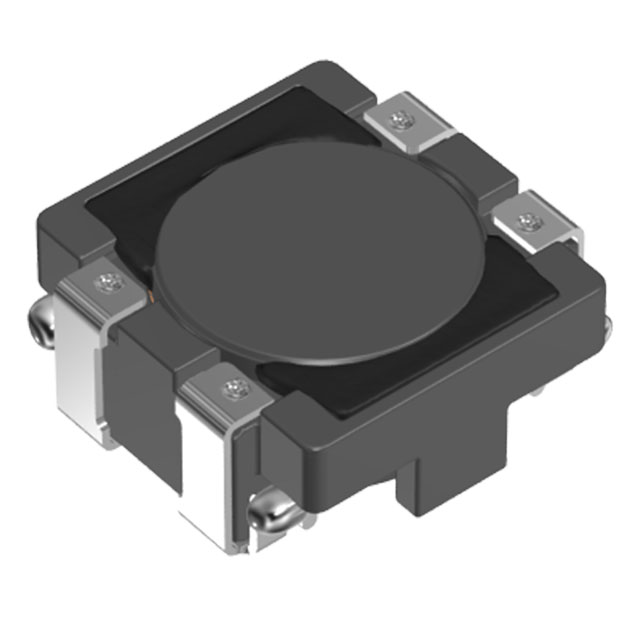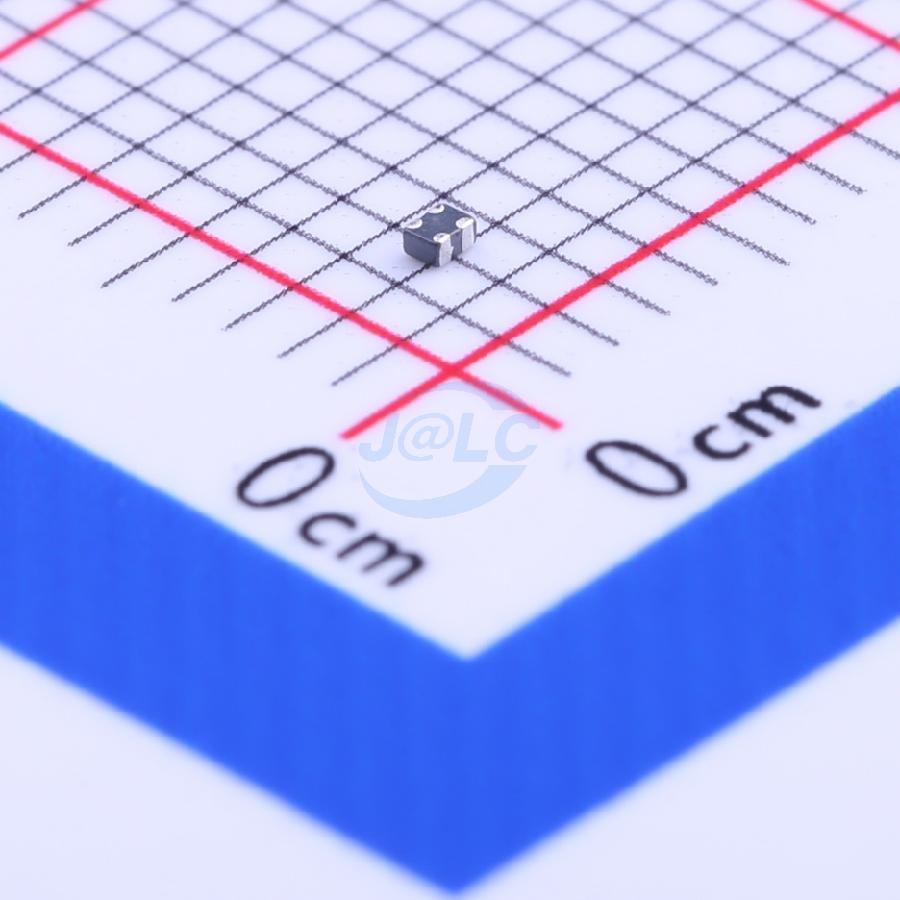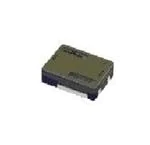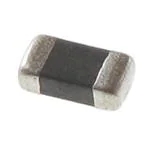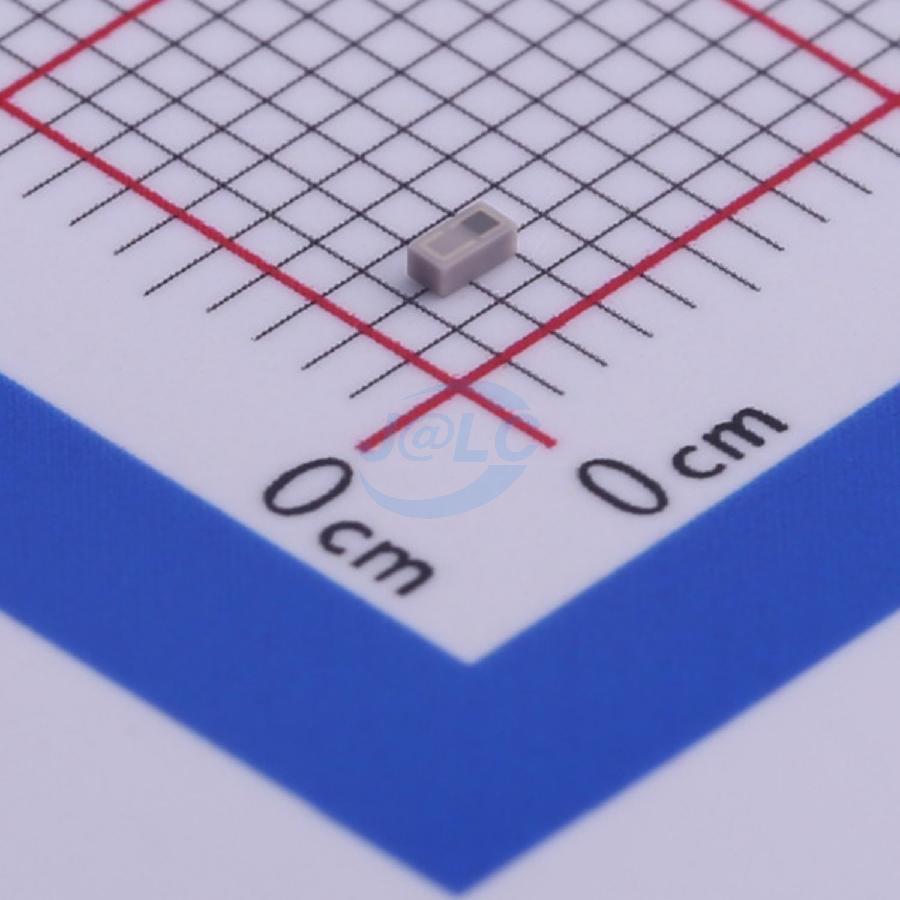BLM21PG221SN1D Ficha técnica y precio | PDF
- Tipo de filtro: Línea eléctrica
- Impedancia a frecuencia: 220 Ohms @ 100 MHz
- Clasificación actual (máx.): 2A
- Paquete: 0805 (Métrico 2012)

Envío GRATUITO para pedidos superiores a HK$250.00

Respuesta rápida, cotización rápida.

Envío rápido, sin preocupaciones posventa.

Canal original, garantía de los productos auténticos.
blm21pg221sn1d
The BLM21PG221SN1D from Murata is a handy little chip ferrite bead, great for dealing with high-frequency interference issues you might come across. If you’re facing noise problems in the hundreds of MHz up into the GHz range, this bead can effectively clear that up, especially on data and power lines.
One nice bonus you’ll find is its super low DC resistance. This means your circuits won’t lose much voltage, giving you better efficiency overall. It’s rated for moderate current levels—usually a few hundred milliamps up to around 1 amp—which makes it ideal for portable devices and smaller electronic projects.
Another thing you’ll appreciate is its compact 0805 (metric 2012) size, fitting nicely onto densely packed PCBs. Plus, it performs consistently well over time, even as temperatures change. So if reliability matters for your project, this little component has you covered.
blm21pg221sn1d pinout and footprint

| Número PIN | Nombre del pin | Descripción |
|---|---|---|
| 1 | IN/OUT | Input/Output Terminal |
| 2 | OUT/IN | Output/Input Terminal |
When you’re using the BLM21PG221SN1D ferrite bead in an 0805 package, here’s what you’ll want to keep in mind. Its actual size on the PCB is about 2.0mm long by 1.25mm wide. To make sure your soldering is clean and reliable, your solder pads should be around 0.8mm to 1.0mm long and about 1.2mm to 1.4mm wide, with a spacing of approximately 0.6mm between them.
A great thing about this ferrite bead is that it’s non-polarized. That means you don’t have to stress about which direction you place it—either end can be input or output. Try positioning it close to the source of noise or sensitive parts on your board; that way, it’ll do its job best.
As for soldering, I’d recommend going with reflow soldering to ensure strong and stable connections. And just a friendly reminder—stick to the rated current to avoid overheating or damaging your component.
blm21pg221sn1d equivalent ferrite bead

| Parámetro | Murata BLM21PG221SN1D |
TDK MPZ2012S221AT000 |
Murata BLM21PG221SH1D |
Würth 742792212 |
Taiyo Yuden BK2125HS221-T |
|---|---|---|---|---|---|
| Package Size | 0805 (2.0×1.25mm) | 0805 (2.0×1.25mm) | 0805 (2.0×1.25mm) | 0805 (2.0×1.25mm) | 0805 (2.0×1.25mm) |
| Impedance @100MHz | 220Ω ±25% | 220Ω ±25% | 220Ω ±25% | 220Ω ±25% | 220Ω ±25% |
| Rated Current | 2A | 2A | 2A | 2A | 2A |
| Resistencia de CC (DCR) | 45mΩ | 50mΩ | 45mΩ | 50mΩ | 50mΩ |
| Temperatura de funcionamiento | -55°C~125°C | -55°C~125°C | -55°C~125°C | -55°C~125°C | -55°C~125°C |
| Remarks & Brand Features | Original Model | High cost-performance, similar parameters | Series replacement, parameters consistent | Reliable German brand quality | Stable Japanese brand performance |
If you’re thinking of swapping out the ferrite bead with another model, here’s some practical advice to keep things running smoothly. First, make sure the new bead matches closely in terms of impedance, rated current, and DC resistance—this way, you’ll keep your circuit performing exactly as intended, especially when it comes to EMC.
Good news: since these beads are standard 0805 packages, you won’t need to change your PCB layout. Just drop them right into your existing footprint.
But remember, even similar beads from different brands might not behave exactly the same over time. Choosing a well-known, trusted brand can make your life easier, ensuring stability and steady supply.
Also, before fully switching, it’s wise to test a small batch first. That way, you can be confident the new beads work perfectly in your specific setup before you commit to using them across your whole project.
blm21pg221sn1d emi filter circuit example

Here’s a simple way to understand how an EMI filter circuit with a BLM21PG221SN1D ferrite bead works. You start with your input voltage, typically 5V or 3.3V DC, common for powering digital electronics.
The ferrite bead goes right in series with your power line. At DC or low frequencies, it barely affects your circuit because its impedance is very low. But when high-frequency noise tries to pass through, the bead blocks it effectively by presenting a much higher impedance.
Next, you add a 0.1µF bypass capacitor from the output line to ground. Think of this capacitor as a sponge—it absorbs and filters out any leftover high-frequency interference, giving you a stable, clean DC output.
This filtered power is perfect for sensitive devices like microcontrollers, sensors, USB interfaces, or RF modules, improving overall EMC performance and reliability. So, if you’re struggling with noise issues, using a ferrite bead and capacitor setup is a straightforward and effective fix you’ll appreciate.
blm21pg221sn1d vs blm21pg series
| Parámetro | BLM21PG221SN1D | BLM21PG Series General Features |
|---|---|---|
| Impedance (@100MHz) | 220Ω | 10Ω~2200Ω (Varies by model) |
| Rated Current | 1,5 A | 0.5A~6A (Varies by model) |
| Resistencia de CC (DCR) | 0.05Ω | 0.005Ω~1Ω (Varies by model) |
| Package Size | 0805 (2.0mm×1.25mm) | 0805 (2.0mm×1.25mm) |
| Operating Temperature Range | -55°C~125°C | -55°C~125°C |
| Aplicaciones | EMI suppression (General digital circuits, automotive electronics) | EMI suppression (Various general, automotive, industrial electronics) |
If you’re using the BLM21PG221SN1D ferrite bead, remember it’s part of Murata’s BLM21PG series, featuring 220Ω impedance and rated for up to 1.5A current—perfect for moderate-current EMI suppression. Now, if you’re thinking of swapping it out with another bead from the same series, there are a few key points you should keep in mind.
First off, impedance really matters here. If your replacement has a different impedance, your EMI filtering might not work as effectively, and you could end up with noise issues again. Make sure the new bead matches closely.
Also, always pick a bead with the same or higher current rating. You don’t want your bead overheating due to overcurrent—that’s how parts fail prematurely. Lastly, pay attention to DC resistance (DCR). A higher DCR means more voltage drop, potentially lowering your circuit’s efficiency. Aim for a DCR equal to or lower than the original bead for the best results.
blm21pg221sn1d pcb layout guidelines
When you’re designing your PCB layout with the BLM21PG221SN1D ferrite bead, placement matters a lot. Put this bead as close as possible to the power line or signal you’re filtering—this shortens trace lengths and helps keep your filter effective by reducing unwanted inductance.
Always run your traces straight and short through the bead—no extra loops or detours, because those can lower the bead’s EMI-blocking performance. Also, keep sensitive analog signals away from noisy or fast digital lines nearby; this prevents interference issues.
Your ground plane should be solid and continuous around the bead, providing a clean, low-impedance path. For grounding, multiple small vias (around 0.2–0.3mm in diameter) close to the bead’s ground pad work great.
Since this bead handles currents up to 1.5A, give it plenty of copper area for better heat dissipation. And if your project demands excellent EMC performance, consider adding local ground shields or isolation areas to minimize noise radiation around your bead.
blm21pg221sn1d noise suppression application
If you’re having trouble with noise or interference messing up your electronic circuits, the BLM21PG221SN1D ferrite bead might be exactly what you need. It’s a small, surface-mounted component that’s perfect for blocking unwanted EMI and RF noise.
You can use it in power lines feeding digital circuits, automotive modules, communication gear, or even microcontrollers and sensors—basically, anywhere you need clean power.
How does it work? At low frequencies or DC voltage, it stays pretty much invisible, so your circuit runs smoothly. But when high-frequency noise tries to sneak through, this bead jumps into action, presenting a high impedance and blocking the interference. For best results, put it close to your noise source, use short, straight traces, and pair it with a small ceramic capacitor (like 0.1µF) to ground.
Compact, reliable, and great in tough conditions (-55°C to 125°C), it’s an easy way to keep your circuits quiet and reliable.




